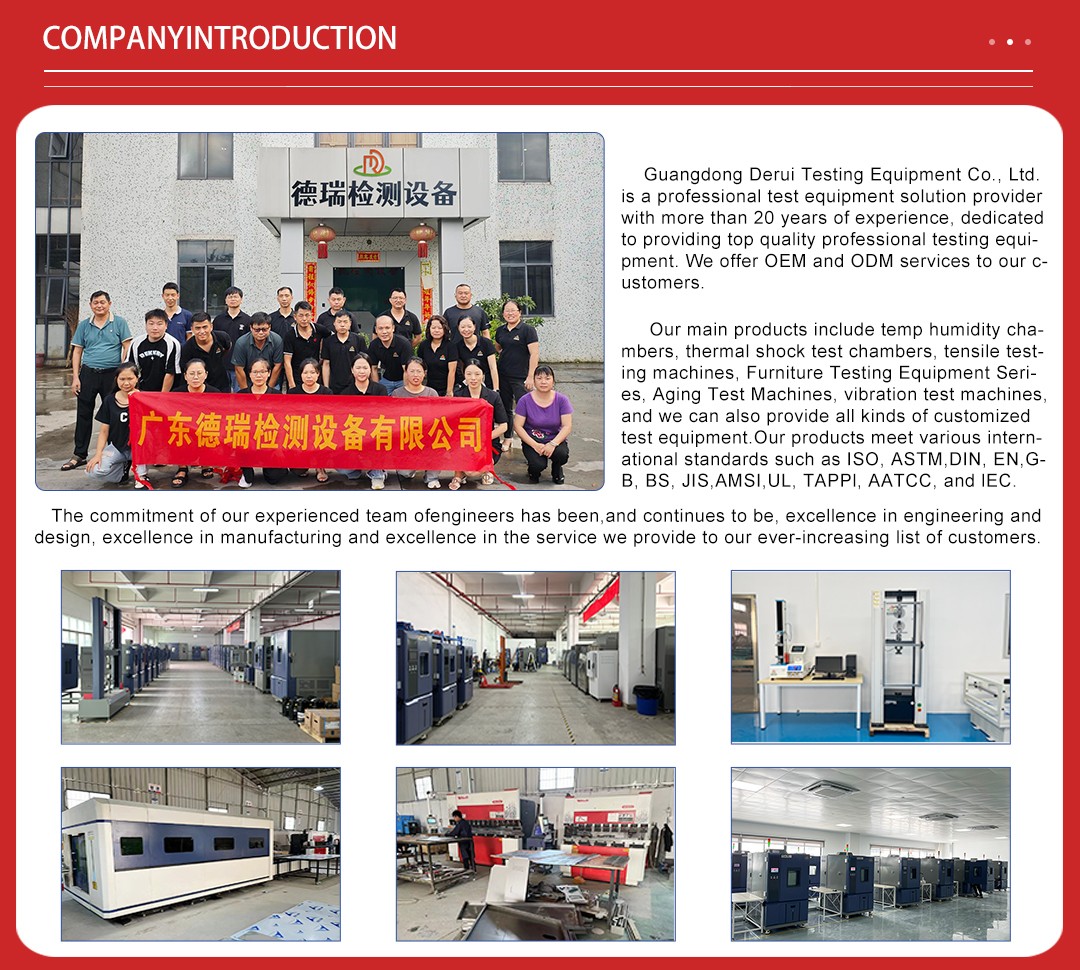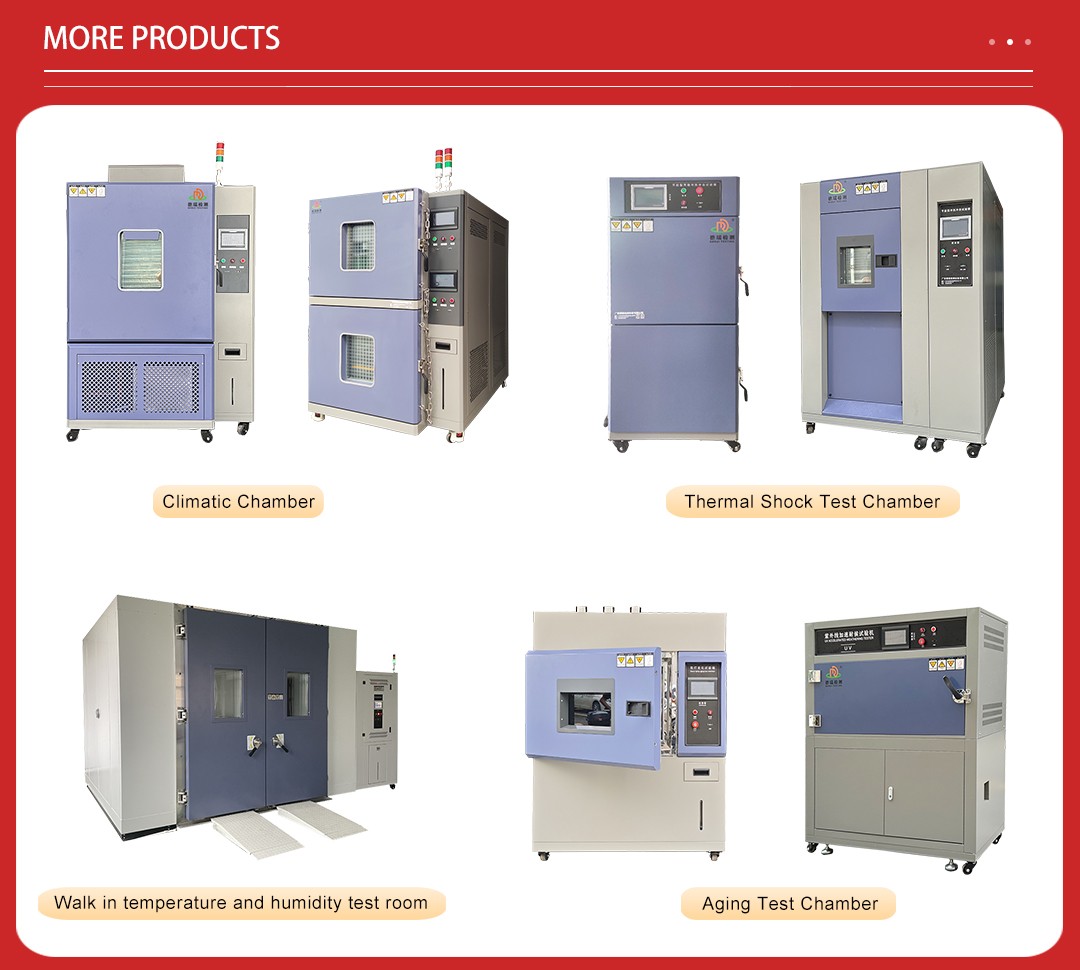
The UV Aging Test Chamber, tailored for plastics and rubbers, stands as a pivotal device in the realm of material science, offering an accelerated pathway to assess the long-term durability and weathe ...

The UV Aging Test Chamber, tailored for plastics and rubbers, stands as a pivotal device in the realm of material science, offering an accelerated pathway to assess the long-term durability and weathering resistance of these materials. By simulating the natural sunlight's ultraviolet (UV) radiation, this chamber facilitates the rapid aging process of plastics and rubbers, enabling researchers and manufacturers to predict their performance and lifespan under real-world conditions.

In the plastics and rubbers industry, the UV Aging Test Chamber plays an indispensable role. It is extensively used to evaluate the weathering performance of various products, including but not limited to automotive exteriors, building materials, coatings, and adhesives. By subjecting these materials to controlled UV exposure, manufacturers can ensure their products withstand the rigors of outdoor environments, maintaining their aesthetic appeal and functional integrity over time

1. Precision Control: Equipped with advanced temperature and humidity controllers, the chamber ensures a stable and accurate test environment, mimicking a wide range of climatic conditions
4. Versatile Sample Holders: The chamber is designed with adjustable sample holders to accommodate various sizes and shapes of plastics and rubber samples, ensuring comprehensive testing

1. The surface of the specimen from the lights from the nearest parallel to the surface: about 50mm
2. Wavelength range: UV-A wavelength range of 315 ~ 400nm
3. Within the radiation intensity 1W/m2/340nm
4. Temperature Resolution: 0.1 ℃
5. Light Temperature range: 50 ℃~ 70 ℃/ temperature tolerance of ± 3 ℃
6. Condensing temperature range: 40 ℃~ 60 ℃/ temperature tolerance of ± 3 ℃
7. Blackboard thermometer measuring range: 30 ~ 80 ℃/ tolerance of ± 1 ℃
8. Temperature control: PID self-tuning temperature control mode
9. Humidity range: about 45% ~ 70% R.H
10. Sink requirements: water depth less than 50mm, and a water supply automatic controller
11. Standard Specimen size: 75 × 150mm 48pcs
12. Recommended instrument environment: 5 ~ 35 ℃, 40% ~ 85% R • H, 300mm from the wall
13. Voltage: 220V ± 5%, single-phase three-wire, 50Hz, 10A, 15A GFCI requirements

Working Principle
At the heart of the UV Aging Test Chamber lies its light source system, typically comprising fluorescent UV lamps or xenon arc lamps. These lamps emit UV radiation that mimics the solar spectrum's UV-A and UV-B components, which are primarily responsible for material aging. The chamber also includes temperature and humidity control systems to simulate natural environmental conditions. During testing, samples are placed inside the chamber and exposed to cyclic conditions of UV radiation, temperature, and humidity. Over time, changes in the samples' surface appearance, color fade, and physical properties are observed to assess their weathering resistance.
Operating Conditions
The UV Aging Test Chamber is capable of simulating a wide range of environmental conditions, including tropical, subtropical, and temperate climates. By adjusting parameters such as UV intensity, temperature, humidity, and exposure time, researchers can tailor the test conditions to specific geographic locations or application scenarios. This flexibility allows for a comprehensive evaluation of plastics and rubbers' performance under diverse environmental stresse.
In conclusion, the UV Aging Test Chamber for plastics and rubbers is a cutting-edge device that accelerates the aging process under controlled conditions, providing valuable insights into the materials' durability and weathering resistance. Its precision control, safety features, high automation, and versatile sample holders make it an indispensable tool for material scientists, researchers, and manufacturers in the plastics and rubbers industry.


Not search wanted products